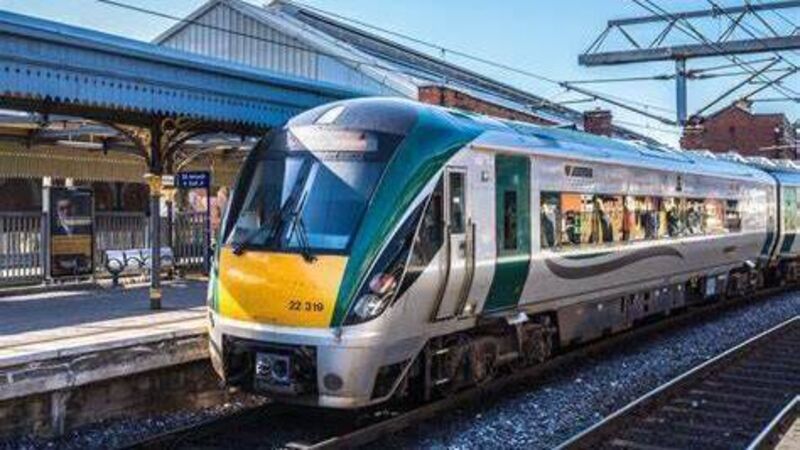Number of train journeys taken last year up 12% on 2022, new figures show

The annual National Rail Census provides a count of the number of passengers who boarded every service at all 150 stations across the 2,400km rail network on a single day in November, covering intercity services, commuter routes, and Dart trains.
Rail travel is increasing in popularity, with the number of train journeys taken up 12%, according to a national snapshot survey.
The latest results of the annual survey on rail passenger numbers, conducted by the National Transport Authority, show a total of 178,682 journeys were taken across the country’s rail network on November 9 last year.










